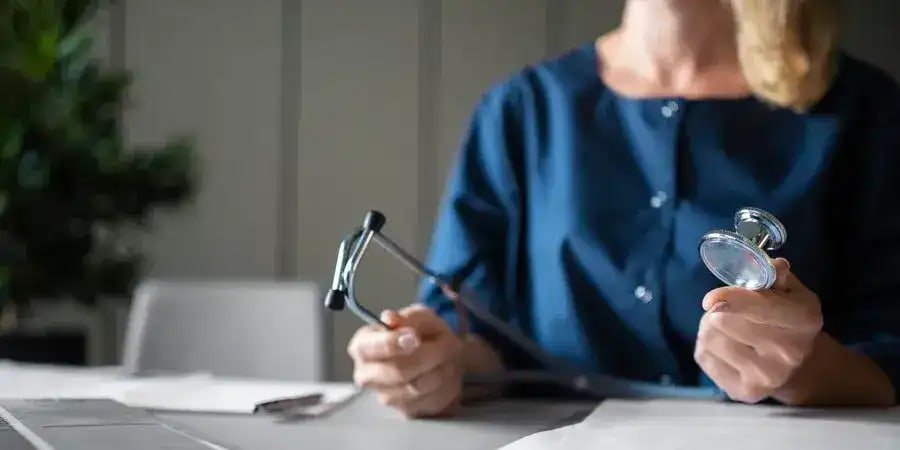General Practice at The Oving Medical Clinic




.webp?tx=f_auto,q_auto)
Personalised, High-Quality Private General Practice
At The Oving Medical Clinic, we are committed to providing expert, patient-focused healthcare tailored to your individual needs. Our experienced private GP team offers a comprehensive range of medical services, from routine check-ups and preventative care to urgent medical attention and specialist referrals.
Whether you need a same-day appointment or prefer a more accessible and convenient healthcare experience, we are here to support you with expertise, discretion, and compassionate care.
Drs Morgan, Hughes and Wang bring their collective clinical background and extensive experience in general practice, to provide a friendly and reassuring approach to your healthcare.
We prioritise prompt, professional, and personalised service within a comfortable and welcoming environment for our patients.
Book an appointment today and experience the benefits of private GP care.

GP Surgery at Oving Medical Clinic
At The Oving Medical Clinic, we provide expert GP services in a professional and welcoming setting. Our team of highly qualified and experienced private GPs is dedicated to ensuring your health and wellbeing remain our top priority.
We understand the importance of convenient and accessible healthcare, which is why we offer flexible appointments to fit your schedule. Whether you need a consultation for a specific concern or a general check-up for peace of mind, we are here to help.
Our Promise to you
- ✔ Expert, Professional Healthcare – Delivered by highly qualified doctors.
- ✔ Compassionate, Patient-Focused Service – Personalised care tailored to you.
- ✔ Confidentiality & Trust - Your privacy and discretion are our priority.
- ✔ Accessible & Convenient Appointments – Healthcare when you need it most.


Comprehensive Private GP & Healthcare Services
At The Oving Medical Clinic, we provide a wide range of medical services designed to support your health and wellbeing:
Private GP Consultations – One-on-one appointments in a relaxed, private setting.
Same-Day Appointments – Immediate care for urgent health concerns.
General Health Check-ups – Routine assessments for early detection and prevention.
Blood Tests & Cancer Screenings – Comprehensive testing for peace of mind.
Specialist Referrals – Fast access to leading specialists when required.
No matter your healthcare needs, our experienced team is here to guide and support you every step of the way.
Why Choose The Oving Medical Clinic for your GP care?
When you choose The Oving Medical Clinic, you’re choosing expert care, convenience, and a trusted healthcare partner.
- ✔ Personalised Care – We take the time to understand your concerns and tailor your care.
- ✔ No Long Waiting Times – Flexible appointments with no lengthy delays.
- ✔ Experienced Private GPs – Highly skilled doctors dedicated to your wellbeing.
- ✔ Confidential & Discreet – All consultations and treatments are strictly private.
- ✔ Convenient Location – Easily accessible from Chichester, with ample parking.
Flexible Appointment Options
We offer:
- In-Person Consultations – Visit us at our Oving clinic.
- Virtual Appointments – Speak with a doctor from the comfort of your home.
- Home Visits – Private healthcare brought to you when you need it most.
Take control of your health today – book your appointment now.



What matters to you, matters to us – Contact us.
Whether you're seeking routine care or specialised medical attention, Oving Medical Clinic is your trusted partner in health. Together, let’s build a healthier tomorrow.
Let us take care of your health so you can focus on what matters most.
BOOK AN APPOINTMENT ONLINE or call us on 01243 773167
